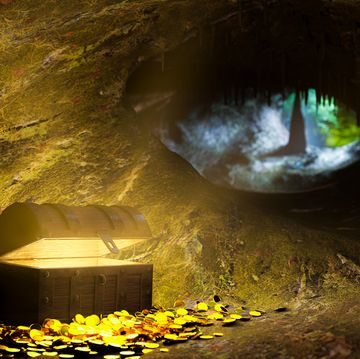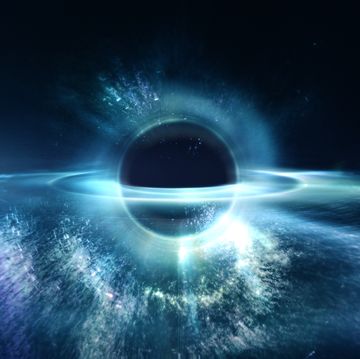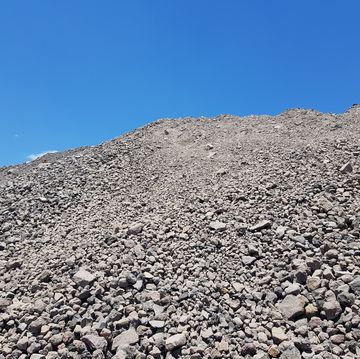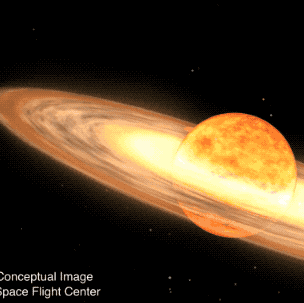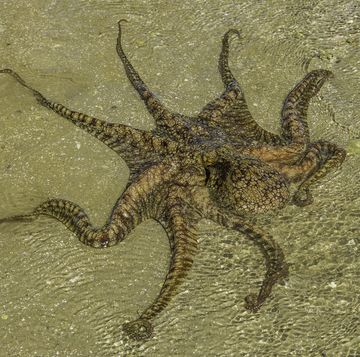- A team in Antarctica released a video of a chunk of ice falling down a deep, deep hole.
- The Doppler effect is responsible for part of the weird sound.
- The "bore holes" are from climate research where scientists analyze ancient pockets of air.
A video of scientists dropping ice into a really deep hole has gone viral because of the wobbly cartoon-spaceship sound the falling ice makes.
Princeton University geochemist John Andrew Higgins shared the video, which stars someone’s hands only as they drop a chunk of ice down a 450-foot bore hole. The sound begins to bounce in layers, equal parts space laser and Old West shootout from a Bugs Bunny cartoon.
Higgins’s Antarctic colleague and future University of Minnesota ecology professor Peter Neff explains the perplexing sounds in a followup video.
Neff says their research team in Antarctica pulls out ice cores “that can be up to 800,000 years old” in order “to draw out ancient air” trapped in the ice. From this, scientists can measure air quality and changes over time. In the video, Neff compares it to tree rings.
But once the research part is over, the team has deep, perfectly cylindrical holes that go 450 feet down, as well as almost all of the ice it just removed in various-sized chunks. What, then, is a scientist to do?
“The logical human thing to do is throw some ice down a deep hole,” Neff explains in the video.
So why does the falling ice create such an otherworldly and heterogeneous sound? It’s a combination of the ice moving further away and of the sound waves bouncing in different directions.
“The first thing you hear as the ice is falling is the pitch of the sound changing,” Neff explains in the video. “That’s the Doppler effect. Then when the ice hits the bottom of the bore hole, the sound doesn’t only come straight up—the sound waves start to bounce off the sides of the hole. That’s why you hear this plink! with sort of a heartbeat sound afterwards.”
The Doppler effect is why, for example, car horns sound like they’re falling in pitch as you drive past them. As the ice falls into the hole, it’s generating sound waves at the same frequency the whole time, but the increasing distance to the surface means the sound waves are streeeeeetched out and become lower frequency.
In his followup video, Neff shares a clip from a Japanese news show where he was interviewed about the viral video. The Japanese show had a perfect illustration of the Doppler effect at play.

Caroline Delbert is a writer, avid reader, and contributing editor at Pop Mech. She's also an enthusiast of just about everything. Her favorite topics include nuclear energy, cosmology, math of everyday things, and the philosophy of it all.



